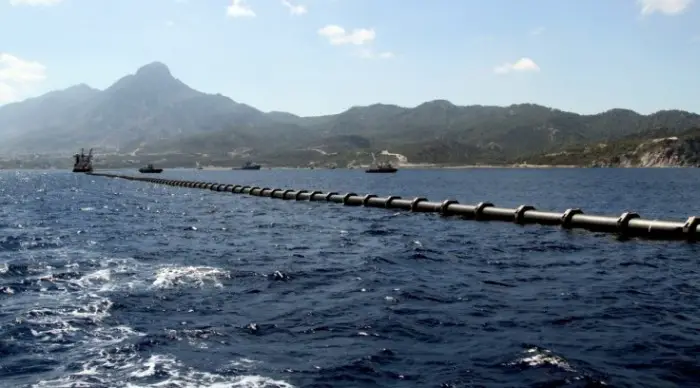Phase two of the Lushushwane Bulk Water Supply Project in Mpumalanga has officially begun. The project in both its phases has been valued at approximately $6.5m.
Also read:Water shortage in Cape Town reaches crisis level
The communities to benefit from the project upon completion include: Bettysgoed, Smithfield, Oshoek, Lochiel, Robinsdale, Aankomst, Pampoen, Houtbosch and Hartbeeskop.
Also read:Kenya’s capital Nairobi now turns to boreholes for water
The department of water and sanitation said that the project has brought to the fore the possibility of what can be achieved through conscious inter-governmental relations.
It also highlighted the need for continuous operations and maintenance throughout the duration of the construction of the project to prevent a collapse of the infrastructure.
Water and sanitation minister Nomvula Mokonyane at the launch of the project asserted that every member of the community has equal responsibility to the water and sanitation infrastructure , saying that teams would be set up to ensure that in the next two months a plan will be put in place to look at how sanitation services can be improved.
She further explained their presence as ensuring that the project commences, as it will highly influence the socio-economic progress of at least 16,000 people in the vicinity.
Mantsopa Local Municipality in the Free State will soon benefit from the completion of its Bulk Water Project which will benefit residents in Ladybrand and Manyatseng.
This project is expected to be completed by the end of April and is aimed at supplying Ladybrand’s new provincial hospital with adequate water. Plans to connect a pipeline from the nearest reservoir in order to meet the demands of the growing community in Manyatseng are also in the works.
The project commenced in November 2014 and has cost the water department approximately $864,000. When the project began, the aim was to augment existing bulk water pipelines in Manyatseng and make provisions for water supply at the newly built hospital in Ladybrand.
